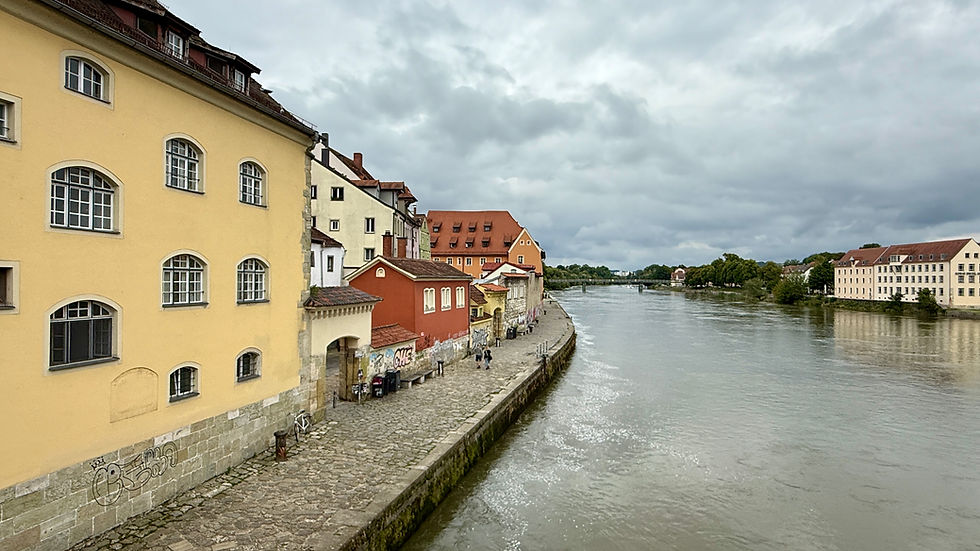Why Do All River Cruise Ships All Look (and Feel)
- Brad Kaplan
- Aug 16
- 3 min read
Updated: Aug 20
If you’ve ever seen a lineup of river cruise ships docked side by side in a European port, you may have noticed something odd — they all look very similar. At first glance, you might think they’re run by the same company, or even that they’re identical. But the truth is, while different cruise lines design their interiors and offer unique experiences, the ships themselves often share the same basic dimensions and structure. Why? It all comes down to the rivers themselves.

A Tight Fit on Europe’s Rivers
Unlike ocean cruise ships, which have open seas to explore and plenty of room to grow in size, river cruise ships have strict limits. They sail on narrow, winding rivers that pass under low bridges and through tight locks. Because of this, the size of every river ship must meet specific standards to safely travel these routes.
Most European river cruise ships are about:
Length: 110 meters (about 360 feet)
Width: 11.4 meters (about 38 feet)
Draft (depth below the waterline): 1.5 to 2 meters (about 5 to 6.5 feet)
These numbers aren’t chosen at random — they’re based on the smallest locks and lowest bridges along major rivers like the Danube, Rhine, Seine, and Main. If a ship were even a few feet longer or taller, it might not be able to complete its journey. In some cities, captains even have to lower railings and the sun deck canopy to pass under certain bridges. It’s an impressive sight — and a reminder of how carefully engineered these vessels are.
Passenger Limits by Design
Because river ships are limited in size, they’re also limited in how many guests they can carry. Most hold around 150 to 190 passengers, depending on the cruise line and layout. That means no crowds on board, no long lines, and a more personal experience compared to ocean cruises that can carry thousands of guests.
This size limit affects everything onboard — from the number of staterooms to the size of the restaurant, lounge, and sundeck. But it also creates a more relaxed and intimate atmosphere. You’re more likely to get to know the crew, your fellow travelers, and even the cruise director. Within a few days, you might be greeting staff by name and sharing meals with new friends.
Different Interiors, Same Foundation
Even though the outside of these ships looks alike, cruise lines differentiate themselves through their interior design, service, and onboard experience. For example:
Viking focuses on Scandinavian elegance with a clean, minimalist look.
AmaWaterways leans into vibrant colors and regional flair.
Avalon features panoramic windows and a bed-facing-the-view layout in many cabins.
So while the bones of the ships are similar, the atmosphere onboard can feel completely different depending on the cruise line.
It’s All About the Journey
River cruising is about much more than the ship — it’s about the places you visit and the stories you uncover along the way. The uniform size and structure of the ships are part of what makes this unique style of travel possible. Without those tight design standards, you couldn’t glide past hilltop castles, dock in city centers, or sip wine on a sun deck while floating beneath medieval bridges.
So yes, river cruise ships might all look alike at first glance. But once you’re onboard — enjoying dinner, learning about local history, or relaxing with a view of the vineyards — you’ll realize the experience is anything but ordinary.



Comments